Lately, I have been excited to see lots of articles, blog posts, and websites that explore the richness of Babaylan and Mandirigma lore; two of the most important class of the early Filipino community that served as the embodiment of both the physical and spiritual psyche of ancient Filipinos. The Babaylan as the spiritual guide of his people and the Mandirigma as the image of strength and valor in the battlefield has inspired today’s film-makers, artists and writers as they begin to incorporate them in their work. Take for instance the graphic novel Trese, starring the modern day mandirigmang-babaylan, Alexandra Trese. Or Amaya, where they feature an ascension of a Binukot becoming a Mandirigma.
Dr. Zeus A. Salazar, a leading historian of pre-colonial Philippines, noted that besides the Shaman and Warrior class, there is also one seemingly unnoticed class of people that shared the same vibrant lore and value. While the previously mentioned two symbolize spirituality and physicality (both important elements of the macro and microcosmos) the blacksmith, or Panday, class stood for technology and the wonders of the material world with talents in making tools, weaponry and equipment for their people.
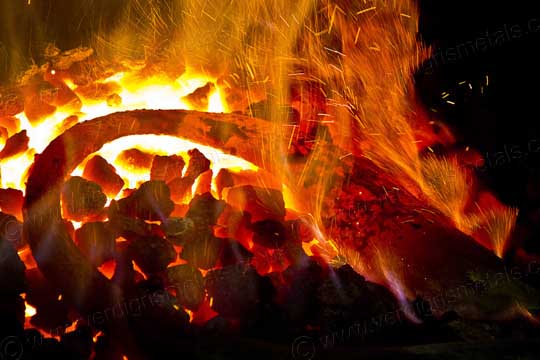
It’s Hammer Time!
The Philippines hosts a bounty of natural resources, such as minerals, metals and gold. It just so happens that gold used to be so prevalent in our country that according to William Henry Scott, the oarsmen of a Samar Datu named Iberein were collared in the previous metal. Metals and other minerals were used for ornaments such as earring and necklaces, while other uses included bladed weaponry like the famous Kampilan and Kris. In addition to iron extracted from ores in our land, Chinese cauldrons were also converted to raw iron and shaped into new tools or implements.
These items and equipment would be made by the masterful hands of a Panday.
The origin of the name Panday might come from the word “Pande” which is the Indonesian equivalent to “blacksmith”; another connection between us to the culture of the Indo-Malay regions.
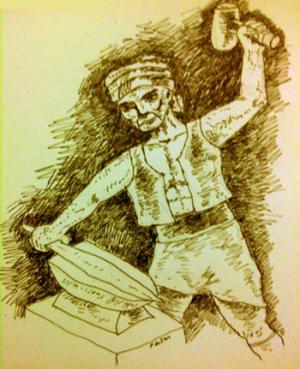
The pre-colonial blacksmith or specifically the “Panday sa Puthaw” (workers of Iron) not only forged iron ores into equipment, but were also responsible for the artful, wavy design of the Kris and other intricate weaponry and tool designs. They were not limited to mundane tools, for our Panday managed to adopt and develop a cannon called Lantaka; a portable bronze swivel gun which was quite advanced for the time. The Lantaka was said to be mounted in a Karakoa – which is one of the traditional sailing boat of the Philippines. Panday Pira was a Muslim Pampango blacksmith who is acknowledged as “The First Filipino Cannon-maker” and his weapons were used by Raja Sulayman to defend the land from Martin De Goiti’s army. Sulayman was ultimately defeated and the Spaniard colonizer’s turned Panday Pira into their own cannon makers.
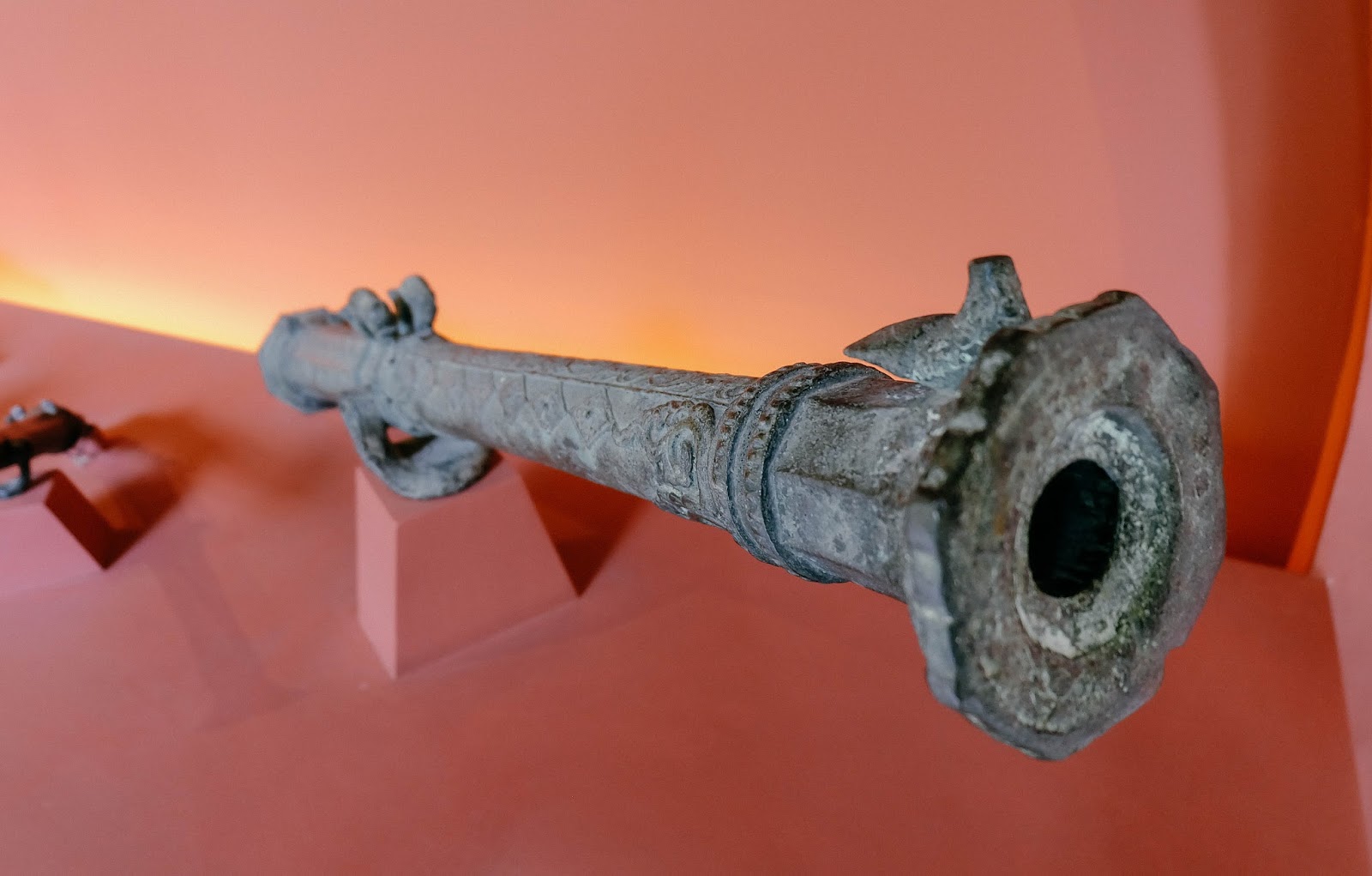
One other notable blacksmith in the Philippines, was the only pure-blooded Chinese general, Jose Ignacio Pau, who offered great support to the Katipuneros during the revolution as a weaponsmith and in setting up their arsenal. His works includes the creation of ammunition for pistols and rifles. “Under his skillful supervision, old cannons and broken Mausers captured from the enemy were repaired; large bamboo cannons taped with wires were manufactured, numerous paltiks (crude firearms) were made, and thousands of cartridges were filled up with home-made gunpowder.”
Considered as one of the noblest professions, a Panday enjoyed the favors of the Datu due to their talent of turning crude matter into incredible pieces of art and highly important items. (1668) indicated that a blacksmith is the most profitable profession among Visayans and because of this, Panday are looked upon with great respect and honor among their colleagues and common men. This echoes William Henry Scott stating that smithing was the noblest profession during the 16th century Philippines because only the wealthiest nobles like a Datu or Raja could afford the raw materials needed for it.
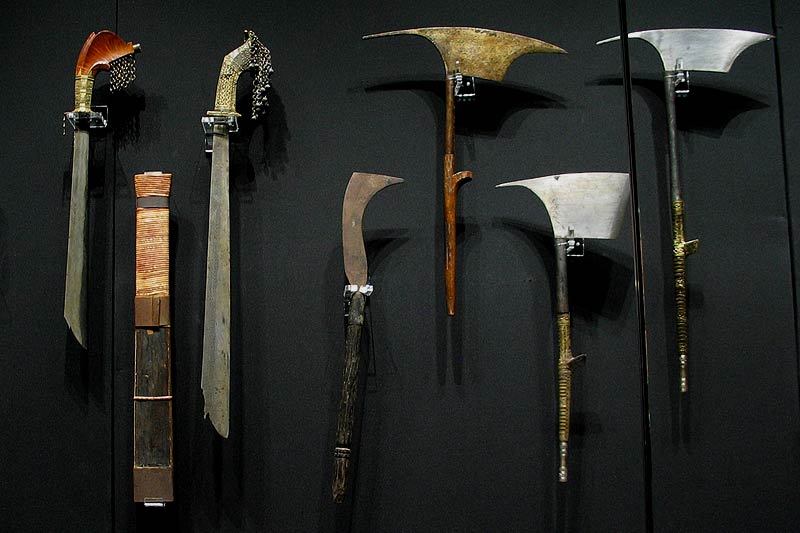
Testing the Quality of Their Craft
Our local blacksmiths were not only recognized by their fellow countrymen but also many foreigners who learned to marvel, not just the scenery and culture, but also the skills we possessed. In William Dampier’s book, A New Voyage Round the World (1697) he mentions the blacksmiths of the Philippine saying that they work very well considering the tools they have. Victor Hurley, the author of a book called “Swish of the Kris”, recorded that the Kris from the southern Philippines rivals that of a Toledo blade. There are even accounts that a Kris can easily cut the barrels of a Springfield rifle.
Major O.J Sweet from the U.S Army was amazed by the keenness of the Kris that felt it equaled the Damascus blade.
Anatomy of a Forge
The Panday’s tools of trade were quite similar to that of a typical blacksmith. However, some of their equipment, and even the parts of their forge, bears native names and were built using the endemic materials found in the Philippines.
The bellow of the Bagobo forge is called gomanan and are made of two cylinders known as Piopa, which are actually small hollowed tree trunks. Its pistons have a bamboo outlet (Tayhop) leading to its stone receptacle (pliyop) where charcoal fire (tam-mob-bok) is concentrated. Their anvil (landasan) is a piece of Iron set on a heavy wooden block.
The important instruments of a Panday included a hammer for flattening metal (maso), a hammer for shaping it (buntok), and a pair of tongs (kumpit). They also utilized an assortment of bolos during their work process for cutting the metals.
Two of the techniques applied by the Panday included “pukpuk” or the heat and hammer method and “pituklip at subu” which is the folding and forging of hard and soft steel.
From Weaponsmith to Instrument Maker
Pandays were vital figures when it came to the “blade” culture of the Philippines, which is directly linked with our traditional martial arts. Among the popular bladed weapons forged by Pandays were the Kampilan; the iconic single edge long sword used by chieftains and warrior notably. The Kris, a sword/dagger famous for its distinctive wavy blade, was used not just as a weapon but also for decoration – a sacred heirloom (pusaka) and, at times, a magical weapon said to possess a spirit of its own. Other notable weapons include the Barong knife, which overall appearance resembles that of a leaf , known for its thickness and heavy weight. Lastly is the Panabas (“to chop off”) which is a long handled sword like axe.
But a Panday does not only work for wars alone. In peaceful days, their skills were still highly sought, especially for agriculture purposes since majority of the farming tools were made from iron – starting with the most common of all which is the Bolo. Other bladed tools for farming are the Wasay, which is for cutting grasses. A kind of heavy blade for wood cutting called Tuwad, Bako or Bantok which features a curved blade for weeding and cultivating.
Metal based musical instruments such as the Gong and Kulintang were also possibly handled by the Panday. The above is just a sampling that affirms the importance of the Panday in their community as they created all the valuable objects that were used in daily lives – from warfare, farming, and enriching their souls through ceremonial musical instruments.
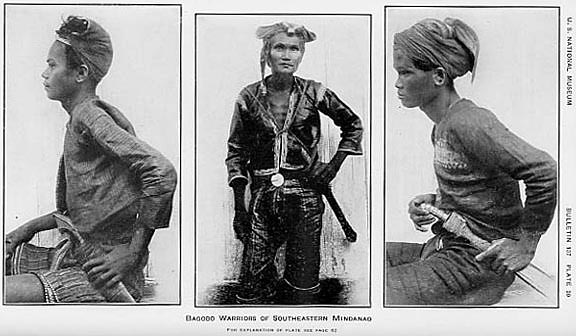
Mysticism behind The Hammer, Forge and Fire
Most of the Panday’s life was dedicated to shaping and forming the physical matter from the earth into something usable. It can be said that their labors are more attuned to the physical aspect, yet there is a lingering spiritual aspect to their hammering, knowing both Iron and Fire held a strong connection to mysticism.
For the Bagobos, there is a blacksmith deity residing at the highest peak of Mt. Apo known as Apo Sandawa. There is also a spirit of the forge known as Tolus Ka Gomanan who is venerated in a ritual called Gomek-gomanan which was thought vital for the agricultural cycle. This spirit is invoked by blacksmiths before they started forging metals in order to call forth its creative power (Tolus in Tagbanwa Bagobo means “power”).
Before the beginning of the Gomek-gomanan ritual, the Panday’s (or Tarauman in Bagobo) forge is prepared with all his equipment. The fire is set and the water that will be used for tempering is poured into a bamboo container. Sacred oils are also set beside the forge.
Documentation of the ritual by Honey Libertine R. Achanzar in 1995, showed there are six stages that are followed by the Tarauman and his assistants for the ritual:
a. Maghalad. The ceremony began with the offering of any amount of coins; these, they referred to as rasyon or offering to the Tolus ka Gomanan. These coins were individually placed in a depression on the halaran or cemented slab near the forge. Eventually, these coins would be removed from the halaran and carried to the summit of Mt. Apo sometime in May or December, their so-called pilgrimage months. There, these coins are left in a secret place where, over time, they ‘melt’ and become part of the mountain.
b. Maghikay sa pagkain. Everyone who takes part in the ritual contributes food to be offered to the Tolus ka Gomanan. Among the foods offered are roast pork, venison, coconut, and food cooked with coconut milk. Most important, though, among the ceremonial foods offered are chicken meat and blood, particularly that which comes from a white-feathered chicken, and biko made out of omok, red-grained rice which turns dark purplish-red, almost black, once boiled. White-feathered chicken symbolizes a soul so pure that it is believed to cleanse one’s mind and one’s entire being, while redgrained rice reminds the participants of a region in the home of the dead called Kag-bunoan, a place reserved for those slain by the sword or by the spear (products of the gomanan). It is also believed that in Kag-bunoan there are suggestions of blood everywhere as well as death by violence. Hence, all plants are of blood-red colour, and the spiritual bodies of the inhabitants retain the scars of their wounds. This explains why tools which are traditionally used for defence are also incorporated into the offering (cf. the concept of pamalugu below), reminiscent of those days when the Bagobo were still a warrior class.
c. Mag-ampo sa pagluto. While waiting for the food to be prepared, the participants take turns in praying to the Tolus ka Gomanan, the spirit of the forge.
d. Pamalugu or pagbendisyon. Group singing follows prayer and this indicates the moment of pamalugu or ceremonial washing. Water, applied by means of a bunch of green leaves and twigs with medicinal value, is placed on the head of everyone attending the ceremony. This process is meant to ensure the participants naturalisation in to the world of the spirits, as well as to induce a feeling of restfulness and content as they confront the Tolus ka Gomanan. This is viewed, then, as a form of benediction for both the person attending the ceremony as well as for his agricultural produce; the effect of this so-called benediction is meant to take effect over the whole year, that is, until the next gomanan ritual.
e. Magpanday. If the tarauman or panday is physically fit, the production of knives and other metal implements follows. However, since when I was there, Apo Agbak was not physically fit to work, it sufficed that the forge was fired. His son, now Barangay Captain Eric Agos, was entrusted with the task of working on the pistons to maintain fire in the forge during the entire ceremonial process.
f. Bunyag sa laot. Since the ceremonial blessing of the tools was set to take place a week later, I did not witness this that year. The panday told me that the blessing of all the iron tools, both old and new, takes place by praying to the Tolus ka Gomanan, while sacred oil (lana) and water are poured on the metal implements. As soon as this is done, everyone can then begin their work in the fields.
All throughout the ritual, the Tarauman wears a putong on his head which indicates that he is a warrior and that human blood was shed by his hand. Achanzar explains that this shows the Bagobos are still encouraging their people to follow the way of the warrior just like their ancestors did. This ritual is ordinarily started when the constellation of Orion begins to appear in the month of December.
A Symbol of the Creator
There are still many more facts and lore that can be explored about the Panday class of the pre-colonial Philippines. There is no mistaking how valuable they were during the ancient era of the archipelago. A noble worker, a purveyor of technology, and a practitioner of spirituality, there is no doubt they are worthy of exploration and interest in relation to the culture and history of the Philippines – not unlike how we venerate the Babaylan and Mandirigma class.
With their skill and ability to transform the rawest materials of the earth into something useful and beautiful, I am reminded of the creator gods of myth who shaped the universe out of the crudest fragments of the void.
Sources:
Gomek Gomanan: Ritual and Power Among Tagbanwa Bagobos of Davao, Mindanao, The Philippines by Honey Libertine R. Achanzar
The ‘Panday Conspiracy’ by Michael Tan (originally published in Philippine Daily Inquirer)
The Panday of Pre-Colonial Philippines by Perry Gil S. Mallari (from fmapulse.com)
Philippine Traditional Weapons are taken from Wikipedia.org
Filipiknow.net/forgotten-philippine-heroes.com
Saribayan.Wordpress.Com
Currently collecting books (fiction and non-fiction) involving Philippine mythology and folklore. His favorite lower mythological creature is the Bakunawa because he too is curious what the moon or sun taste like.




